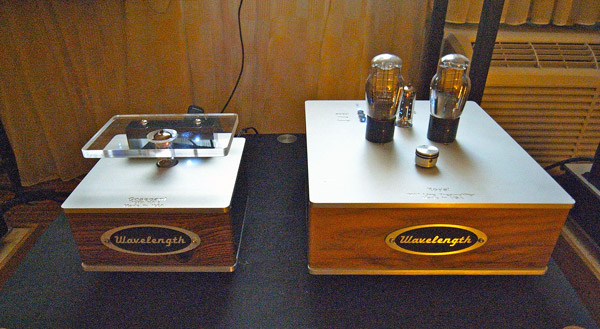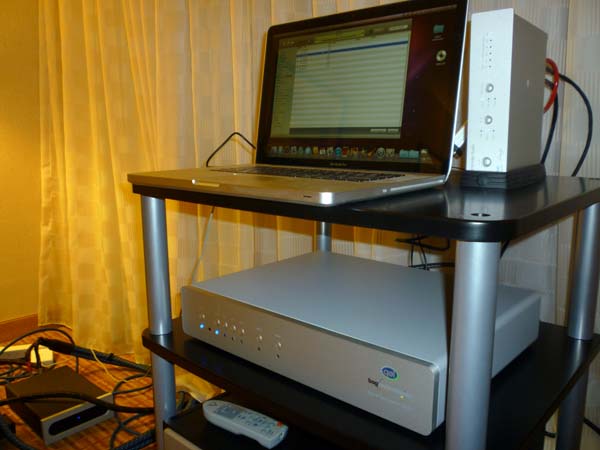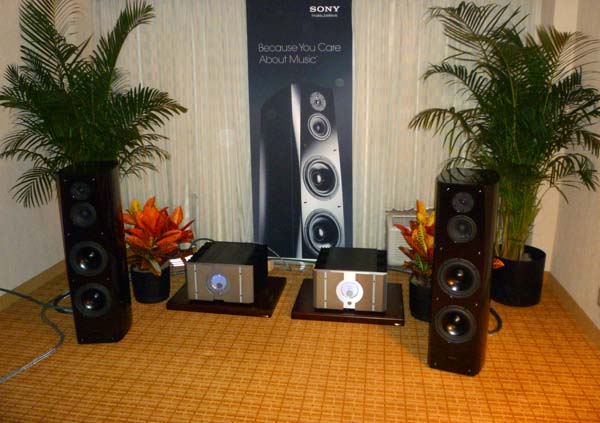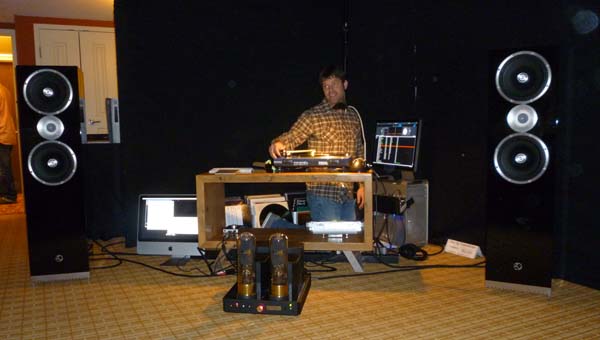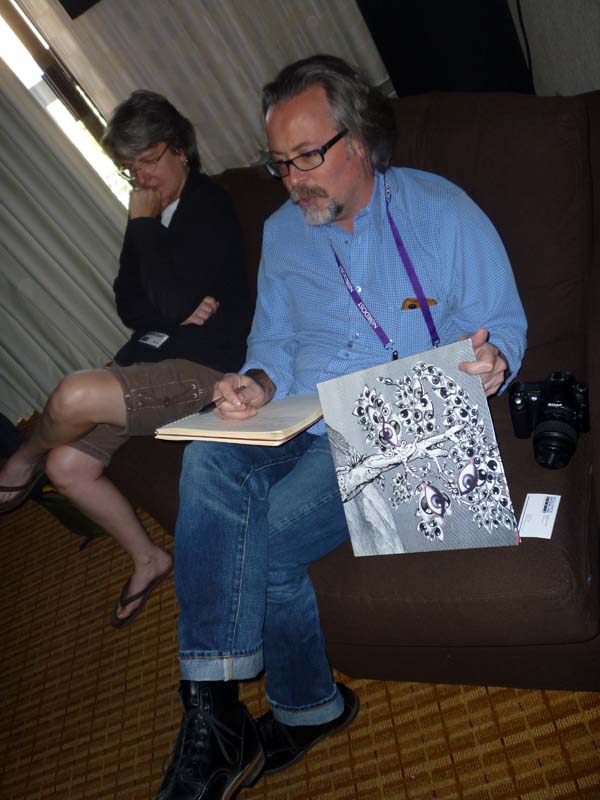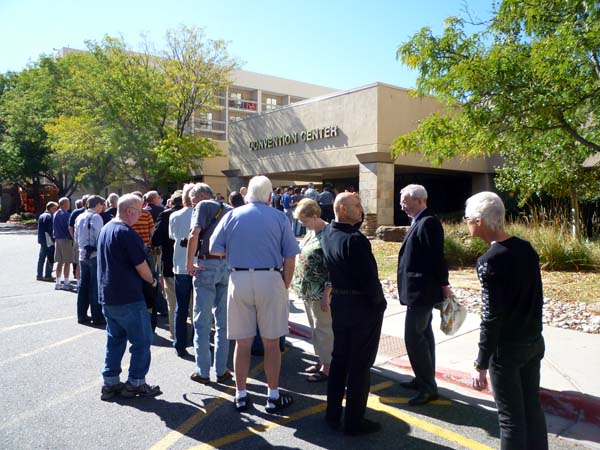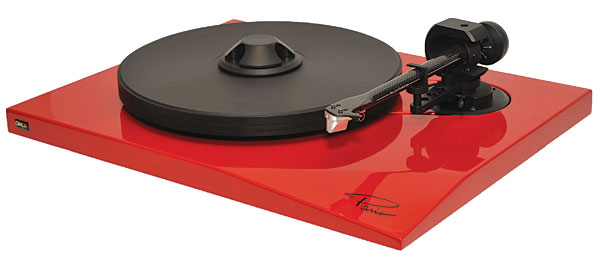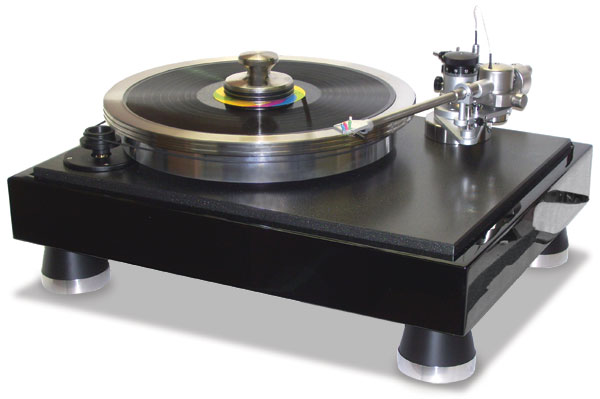LATEST ADDITIONS
Clarus Cables
Joe was still fine-tuning the systemB&W 803 Diamond speakers, McIntosh MCD100 CD player/DAC and McIntosh monoblocks, and a Tributaries power manager when I visited the Clarus roombut I kidded him that the only non-Clarus cable in the system was the USB link from the laptop to the McIntosh MCD100.
Vivid—Luxman—On A Higher Note
BSG Technologies
At a hi-fi show, there are many different types of demos. In some, there is music played casually, seemingly without much thought, selected either by the host or by an attendee; in others, music is carefully selected and introduced by your host, each track used to display certain characteristics of the system at hand; in others still, music is certainly played, but only after attendees are offered a detailed explanation of the gear in the room—we learn about the technologies employed and the work that went into creating the product—and we might even learn something about the art and science of listening. These last rooms are like demo-lectures, and they’re my favorite rooms. I feel like I’m in a classroom again, with one of my favorite professors.
Sony’s SS-AR1 loudspeakers
The system sounded rhythmically nimble and certain with big, fleshy images, a rich midrange, and warm, full bass. Easy to listen to and easy to enjoy.
A Zu Party
Serious Listening
RMAF 2011: Some Opening-Day Thoughts
1. This show is massive. I think John Atkinson and I are feeling a bit overwhelmed by the number of exhibitors. I’m not sure that we’ll be able to see and hear everything that is on display. A strategy: John will start in the Tower and I will start in the Atrium, and tomorrow, we’ll compare notes and examine what we have and have not achieved. Meanwhile, Michael Lavorgna will cover computer audio for AudioStream, and Tyll Hertsens will cover headphone gear for InnerFidelity.

